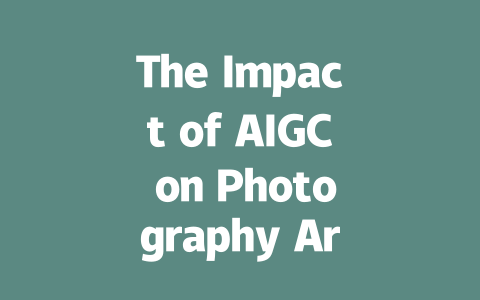
The rise of Artificial Intelligence Generated Content (AIGC) is revolutionizing various fields, and photography education is no exception. As technology evolves, it reshapes the way students learn, create, and think about photography. This article explores the implications of AIGC on photography art education and how it is transforming creative careers.
Understanding AIGC in Photography
AIGC refers to content that is created, enhanced, or influenced by artificial intelligence technologies. In photography, this includes AI algorithms that assist in editing, image generation, and even conceptualizing photographic ideas. AIGC tools can analyze vast amounts of data and produce images that cater to specific artistic visions or client needs.
The integration of AIGC into photography education encourages students to explore new techniques and workflows that were previously unattainable. It allows them to push the boundaries of their creativity by experimenting with AI-driven tools to enhance their work.
Enhancing Learning and Creativity
AIGC tools can streamline learning processes for photography students in several ways. For instance, they can provide instant feedback, enabling students to learn from their mistakes more quickly. AI algorithms can suggest enhancements or revisions, making the learning experience more interactive and personalized. By examining how AI approaches image composition, lighting, and color grading, students can cultivate a more profound understanding of artistic principles.
Moreover, AIGC encourages students to think outside the box. It helps them explore diverse styles and genres by enabling experimentation without the fear of failure. By leveraging AI, students can produce unique artistic visions, pushing them to innovate and redefine conventional photography boundaries.
Preparing Students for the Industry
As the photography industry increasingly embraces AIGC, it becomes essential for educational institutions to equip students with the skills necessary to succeed in this evolving landscape. Understanding AI technology, its applications, and limitations will become as crucial as mastering traditional photography techniques.
Educational programs that incorporate AIGC will prepare students for future job roles, such as AI image consultants or creative technologists. Familiarity with AI-powered tools will give them a competitive edge in a job market that favors adaptability and technical proficiency.
Ethical Considerations and Challenges
While AIGC offers numerous benefits, it also raises ethical questions that students must grapple with during their education. Issues such as copyright, authenticity, and the potential for misinformation come into play when discussing AI-generated content. Photography educators must address these challenges, encouraging critical thinking about the implications of using AI in creative practices.
Additionally, as students learn to utilize AIGC tools, the risk of over-reliance on technology is a concern. Educators must strive to balance AI’s advantages with the importance of maintaining the human touch in photography, ensuring that students do not lose their artistic voice in the process.
Conclusion
The impact of AIGC on photography art education is profound and multifaceted. By embracing the new opportunities it presents, educators can empower students to become innovative artists equipped for a rapidly changing industry. As AIGC continues to evolve, the fusion of creativity and technology will redefine the art of photography—opening doors to unique career paths for aspiring photographers while posing significant ethical challenges to navigate. Preparing students for this new paradigm will ultimately define the future of photography in the digital age.

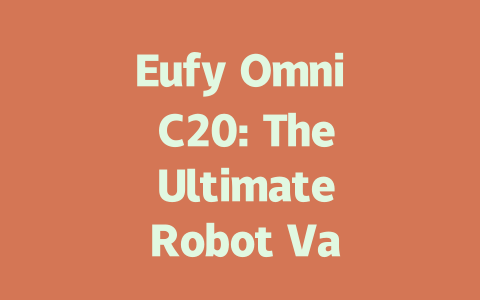





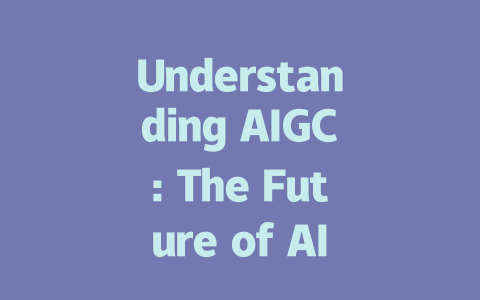
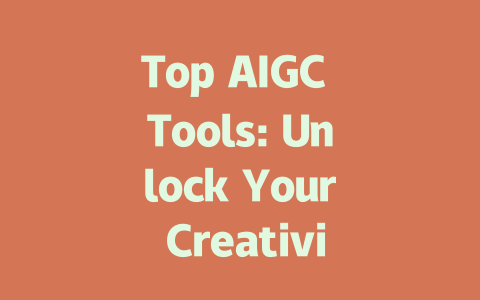

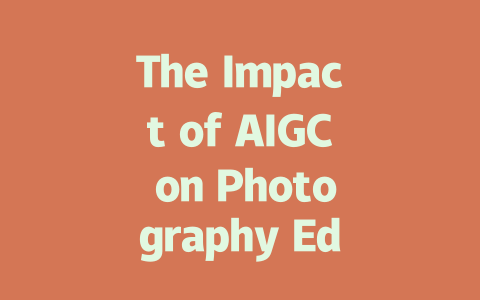
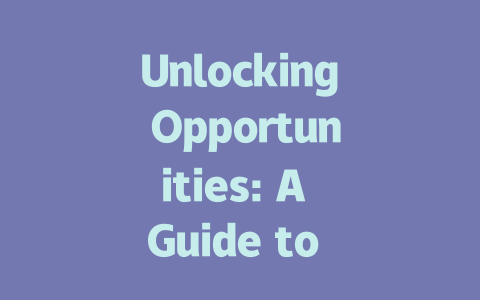
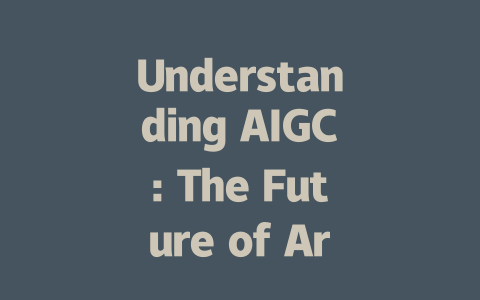

暂无评论内容